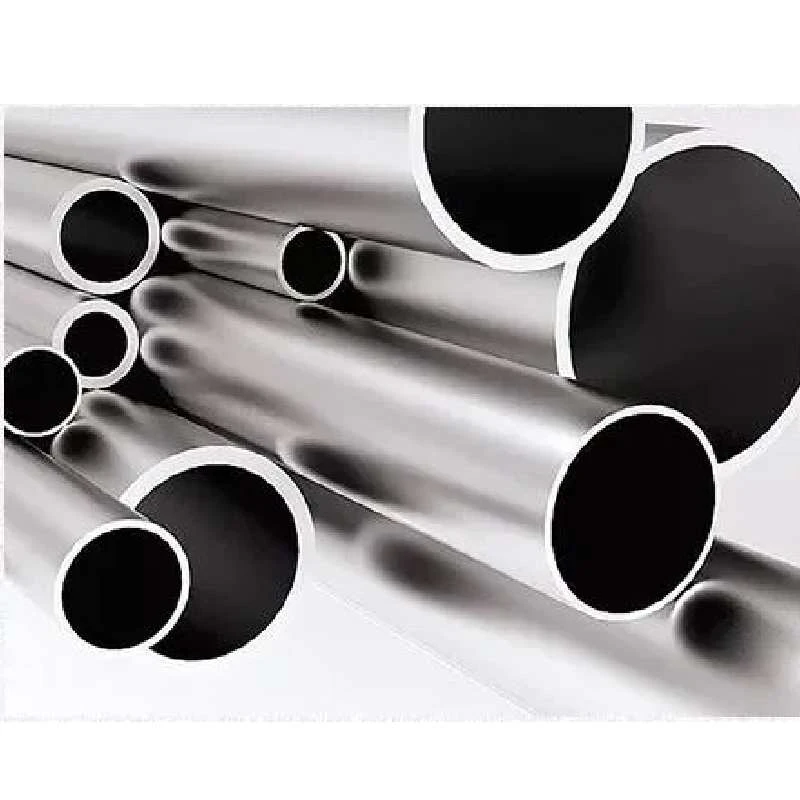-
Cangzhou Yulong Steel Co., Ltd.
-
Phone:
+86 13303177267 -
Email:
admin@ylsteelfittings.com
- English
- Arabic
- Italian
- Spanish
- Portuguese
- German
- kazakh
- Persian
- Greek
- French
- Russian
- Polish
- Thai
- Indonesian
- Vietnamese
- Zulu
- Korean
- Uzbek
- Hindi
- Serbian
- Malay
- Ukrainian
- Gujarati
- Haitian Creole
- hausa
- hawaiian
- Hebrew
- Miao
- Hungarian
- Icelandic
- igbo
- irish
- Japanese
- Javanese
- Kannada
- Khmer
- Rwandese
- Afrikaans
- Albanian
- Amharic
- Armenian
- Azerbaijani
- Basque
- Belarusian
- Bengali
- Bosnian
- Bulgarian
- Catalan
- Cebuano
- China
- China (Taiwan)
- Corsican
- Croatian
- Czech
- Danish
- Esperanto
- Estonian
- Finnish
- Frisian
- Galician
- Georgian
- Kurdish
- Kyrgyz
- Lao
- Latin
- Latvian
- Lithuanian
- Luxembourgish
- Macedonian
- Malgashi
- Malayalam
- Maltese
- Maori
- Marathi
- Mongolian
- Myanmar
- Nepali
- Norwegian
- Norwegian
- Occitan
- Pashto
- Dutch
- Punjabi
- Romanian
- Samoan
- Scottish Gaelic
- Sesotho
- Shona
- Sindhi
- Sinhala
- Slovak
- Slovenian
- Somali
- Sundanese
- Swahili
- Swedish
- Tagalog
- Tajik
- Tamil
- Tatar
- Telugu
- Turkish
- Turkmen
- Urdu
- Uighur
- Welsh
- Bantu
- Yiddish
- Yoruba

Dec . 16, 2024 17:03 Back to list
pn40 flange
Understanding PN40 Flange Specifications and Applications
The PN40 flange, also known as a pressure nominal flange, is a crucial component in piping systems, playing a significant role in ensuring tight and secure connections between various pipe segments. The PN stands for Pressure Nominal, and the number 40 refers to the flange's maximum allowable pressure rating in bars at a reference temperature of 20°C. Hence, a PN40 flange is designed to operate safely under pressures of up to 40 bars (approximately 580 psi), making it suitable for various industrial applications.
Specifications of PN40 Flanges
PN40 flanges are typically manufactured to international standards, with the most common being the ISO 7005 and EN 1092-1. These specifications ensure consistency in design, dimensions, and material properties, facilitating interoperability between different manufacturers and systems.
The PN40 flange comes in several types, including blind flanges, slip-on flanges, weld neck flanges, and threaded flanges. Each type serves different purposes
1. Blind Flange Used to seal the end of a piping system, preventing flow through that section. 2. Slip-on Flange Designed to slide over the pipe, providing a simple and effective method for joining two pipes. 3. Weld Neck Flange Features a long tapered hub that allows for robust welding to the pipe, providing enhanced strength and resistance to high-stress environments. 4. Threaded Flange Is equipped with internal threads, allowing it to be screwed onto a pipe, making it suitable for lower-pressure applications.
The materials used for PN40 flanges vary widely, but common options include carbon steel, stainless steel, and various alloys. Choosing the right material is critical, as it affects the flange's corrosion resistance, temperature tolerance, and overall durability.
Applications of PN40 Flanges
pn40 flange

PN40 flanges find extensive use across various industries due to their high-pressure rating and versatile designs. Here are some of the key applications
1. Oil and Gas Industry They are used in pipelines, refineries, and drilling operations where high-pressure fluids must be transported securely. 2. Chemical Processing PN40 flanges can handle aggressive chemicals and are widely used in reactors, storage tanks, and transportation lines. 3. Water Treatment Plants Because of their ability to endure high pressures without leakage, these flanges are essential in systems designed for treating and distributing potable water. 4. Power Generation Power plants, whether fossil fuel or renewable energy sources, utilize PN40 flanges to connect piping that carries steam, water, and other fluids at elevated pressures.
Installation and Maintenance
Proper installation and maintenance of PN40 flanges are crucial for ensuring the integrity and safety of the piping system. Flanges must be aligned correctly, and suitable gaskets should be used to prevent leaks. The tightening of bolts must be done uniformly to avoid uneven stress on the flange, which could lead to damage.
In addition, regular inspections should be conducted to check for signs of wear, corrosion, or fatigue. Timely maintenance can significantly enhance the lifespan of the flanges and prevent costly failures that can arise from neglect.
Conclusion
In summary, PN40 flanges are essential components in various industrial applications, known for their ability to handle high pressures and their versatility across different piping systems. By understanding their specifications, applications, and maintenance needs, engineers and technicians can make informed decisions that ensure the safe and efficient operation of their piping systems.
Latest news
-
ANSI 150P SS304 SO FLANGE
NewsFeb.14,2025
-
ASTM A333GR6 STEEL PIPE
NewsJan.20,2025
-
ANSI B16.5 WELDING NECK FLANGE
NewsJan.15,2026
-
ANSI B16.5 SLIP-ON FLANGE
NewsApr.19,2024
-
SABS 1123 FLANGE
NewsJan.15,2025
-
DIN86044 PLATE FLANGE
NewsApr.19,2024
-
DIN2527 BLIND FLANGE
NewsApr.12,2024
-
JIS B2311 Butt-Welding Fittings LR/SR 45°/90° /180°Seamless/Weld
NewsApr.23,2024











